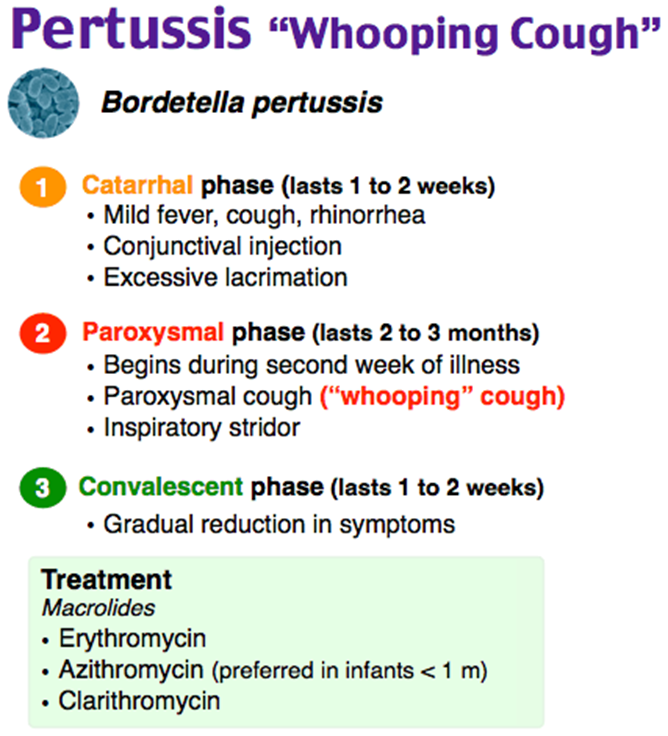A nurse is preparing to administer digoxin to a 6-month-old infant. Prior to administering the dose, the nurse measures the apical heart rate. The nurse should withhold the dose if the infant's apical heart rate is less than what rate?
The Correct Answer is ["90"]
The nurse should withhold the dose if the infant's apical heart rate is less than 90 beats per minute.
Digoxin is a medication that can slow the heart rate. If an infant's heart rate is already too slow, administering digoxin can increase the risk of bradycardia, a serious heart rhythm disturbance.
It's important to monitor the apical heart rate for a full minute before administering digoxin to an infant and to withhold the dose if the heart rate is below the specified threshold.
Nursing Test Bank
Naxlex Comprehensive Predictor Exams
Related Questions
Correct Answer is B
Explanation
A. Coughing spells may be triggered by dust or smoke:
Incorrect: This is a correct statement. Irritants like dust or smoke can trigger coughing spells in a child recovering from pertussis.
B. We need to maintain droplet precautions and a quiet environment for at least 2 weeks.
Correct Answer: Pertussis is highly contagious during the catarrhal and paroxysmal stages, but once the child has reached the convalescent stage (usually after 2-4 weeks of illness), the risk of spreading the infection decreases significantly. Continuing strict droplet precautions and a quiet environment for two weeks after the convalescent stage is not necessary.
C. "We need to encourage our child to drink fluids":
Incorrect: This is a correct statement. Encouraging fluid intake is important to prevent dehydration, especially during coughing spells.
D. Vomiting may occur when our child has coughing episodes:
Incorrect: This is a correct statement. Vomiting can be a common occurrence during coughing episodes in pertussis due to the forceful nature of the cough. Parents should be aware of this symptom.

Correct Answer is B
Explanation
A. "Has your child been exposed to anyone with chicken pox?"
While chickenpox is caused by a different virus (varicella-zoster virus) and is not directly linked to rheumatic fever, the nurse might inquire about exposure to contagious illnesses as a general part of the assessment.
B. "Has any family member had a sore throat within the past few weeks?"
This question is relevant because rheumatic fever often follows an untreated or inadequately treated group A streptococcal infection, such as strep throat. A sore throat in a family member could indicate the presence of streptococcal infection, which is a crucial factor in the development of rheumatic fever.
C. "Has any family member had a gastrointestinal disorder in the past few weeks?"
Gastrointestinal disorders are not directly associated with the development of rheumatic fever. However, a comprehensive medical history might include questions about recent illnesses to understand the overall health context.
D. "Has your child had difficulty urinating?"
Difficulty urinating is not a typical symptom or risk factor associated with rheumatic fever. This symptom would likely prompt investigation into other potential issues but is not specifically related to rheumatic fever.
Whether you are a student looking to ace your exams or a practicing nurse seeking to enhance your expertise , our nursing education contents will empower you with the confidence and competence to make a difference in the lives of patients and become a respected leader in the healthcare field.
Visit Naxlex, invest in your future and unlock endless possibilities with our unparalleled nursing education contents today
Report Wrong Answer on the Current Question
Do you disagree with the answer? If yes, what is your expected answer? Explain.
Kindly be descriptive with the issue you are facing.
